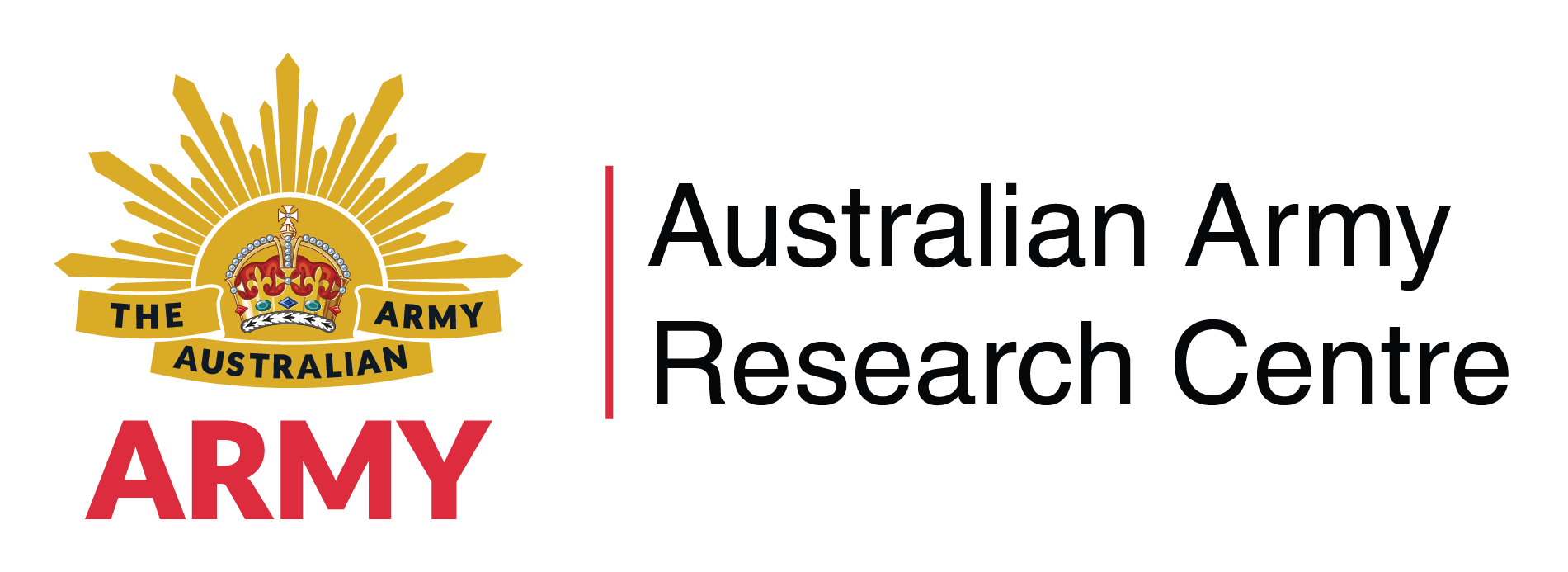Search
Using the filters to the left, click your selection, it will become bold and filter the results, click it again to remove that filter.
Abstract Change within our society and primary operating environment has reached exponential levels. The requirement to create an adaptive Army was recognised early this century and Army has been working to create a cultural shift that will make it more effective in its current endeavours. The key catalyst to enable an adaptive Army is agile commanders who have the freedom of action to adapt and overcome. This article examines the methods that software engineers and project managers use to solve non linear …
Captain Matthew Jefferies joined the Army as a Combat Engineer in 2001. He was posted to the 3rd Combat Engineer Regiment were he completed the Army Year 12 Equivalency Course and was accepted at Duntroon. After graduation he transferred to the Royal Australian Electrical and Mechanical Engineers and has been posted to the Army Logistics Training Centre, 1st Command Support Regiment, Special Air Service Regiment, 1st Armoured Regiment and is currently serving at the Australian Headquarters Joint Operations …
Abstract This article suggests that the ADF should seek to adopt a standard organisation for infantry battalions, based on manpower and organisation, rather than conditions dictated by manning equipment. The aim of this article is to propose one type of infantry battalion for the Australian Defence Force. One type of infantry battalion would greatly simplify organisation, manning, and refocus thinking toward the fact that infantry are human beings to whom the army gives equipment, and are not simply there …
William F Owen is a military writer, critic and defence technology journalist, living and working in Israel. He joined the British Army in 1980 and served in both regular and territorial infantry battalions, as well as the Intelligence Corps, until 1993. He has since worked on defence projects in the Middle and Far East, as well as West Africa. He is currently pursuing a Masters Degree by Research at the Defence Academy of the United Kingdom. … William F …
ANZAC (Australian and New Zealand Army Corps) inexorably connected Australia and New Zealand with these words: It was eighteen minutes past four (5:48am Afghanistan time) on the morning of Sunday, 25th April [1915], when the first boat grounded... the men leapt into the water, and the first of them had just reached the beach when fire was opened on them from the trenches on the foothills which rise immediately from the beach. 1 This ANZAC action occurred at Gallipoli, Turkey, which is approximately 4000 …
Abstract To communicate effectively, one must write clearly. To write clearly, one must think clearly. To succeed in battle, one also must communicate effectively and think clearly. So one would think Army would place a premium on clarity of expression. Yet there is abundant evidence in the pages of this Journal that the clarity of military writing is in sharp decline. Why this might be so, and what can be done about it, is the subject of this article. I have read every issue of the Australian Army Journal …
Ross Buckley is a Professor in the Faculty of Law at the University of New South Wales and an Australia21 Fellow in the research network on ‘Enhancing Australia’s Security and Prosperity in the 21st Century’. He is the founding Series Editor of the Global Trade Law Series of Kluwer of The Hague, and Series Co-Editor of Kluwer’s International Banking and Finance Law Series. He has written extensively, mostly on international finance law. He has also consulted to the US Department of Justice, the US …
For my generation, there is one profession that captures our imagination more than any other: Entrepreneur. This is especially true of those leaving the military and going to business school. It would seem logical for the military to find ways to blend the best of entrepreneurial and combat cultures in ventures like a joint Harvard Business School/Naval War College degree program. Yet, in reality, the very word entrepreneur is met with blank stares by career service members—and in some cases, viewed as an …
LT Benjamin Kohlmann is an F/A-18 flight instructor based out of MCAS Miramar in San Diego. He has more than 1100 hours in all models of the Hornet and Super Hornet (A-F) and over 360 carrier landings. He is also the founder of Disruptive Thinkers, a San Diego based, crowdsourced think tank, focused on linking intellectually curious military officers with successful civilian entrepreneurs. He is enthralled by unorthodox solutions and people who have been wildly successful despite breaking with the status …
Abstract The complexity of the future battlespace will consistently require more and more from our junior leaders. The more is our junior leader’s ability to apply their leadership and skills across all Five Lines of Operation and to transition very quickly between them as required by Adaptive Campaigning . This means they must fully commit to prevailing in one line while thinking about the next. More so than ever we must be aware of the need to shape and develop our people. Adaptive Campaigning - Future …
